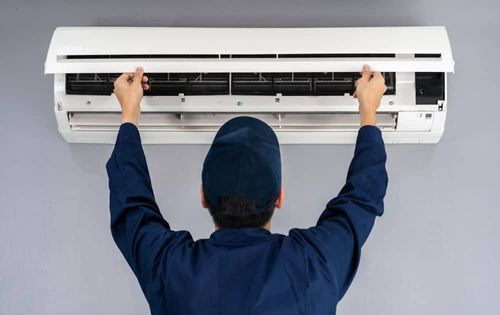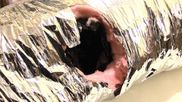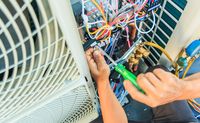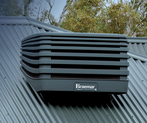Comprehensive Summer HVAC Maintenance Tips for Peak Performance in the Australian Heat

As the Australian summer heat intensifies, HVAC contractors must gear up to enhance the efficiency of cooling systems in the face of rising temperatures. With the demand for air conditioning soaring, HVAC systems face increased strain. To minimize disruptions and maintain optimal functionality, here are tailored summer HVAC maintenance tips for the Australian climate.
Clean and Replace Air Filters Regularly
Streamline maintenance by consistently cleaning and/or replacing air filters. In the Australian summer, rapid accumulation of dust and debris can lead to filter blockages, diminishing efficiency and potentially causing malfunctions. Educate clients on the importance of routine filter maintenance and schedule regular replacements to ensure smooth operation during the summer.
Inspect and Clean Condenser Coils
Maintain efficient heat exchange by conducting a thorough inspection and cleaning of condenser coils. Over time, dirt and debris can accumulate, hindering the system's ability to exchange heat with the oputside air. Include this task in the summer maintenance checklist to enhance performance and extend the system's lifespan.
Check Refrigerant Levels and Detect Leaks
Optimal cooling relies on proper refrigerant levels. In the case of low levels, it's essential to detect and repair any leaks before adding refrigerant. Low refrigerant levels can reduce efficiency and potentially damage the system.
Examine Ductwork for Leaks
In a high-demand summer environment, leaky ducts can significantly decrease HVAC system efficiency. Inspect ductwork for leaks and seal any gaps to prevent energy waste and alleviate strain on the system, maintaining the desired indoor temperature efficiently.
Calibrate Thermostats for Summer Settings
Promote thermostat calibration for summer settings to avoid unnecessary strain on the system. Accurate temperature settings prevent overworking and contribute to energy savings, enhancing both efficiency and overall performance.
Evaluate Electrical Components and Regular Servicing
Prioritize the inspection of electrical components, checking for wear, damage, or corrosion in wiring and connections. Addressing faulty electrical connections is crucial for preventing system failures and ensuring safety. Emphasize the importance of regular servicing, focusing on filters, capacitors, sump heaters, fan belts, and condensate drains, to maintain peak performance throughout the summer.
For evaporative cooling systems, perform the following tasks:
Clean Evaporative Cooling Pads Regularly: Ensure the evaporative cooling pads are cleaned regularly to maintain optimal water dispertion and cooling efficiency.
Replace Capacitors: Replace capacitors as needed to ensure reliable operation of the fan motor.
Clean Sump: Regularly clean the sump to prevent debris accumulation and blockages to the cooling water pump.
Sump Dump Check: Verify the proper functionality of the sump dump mechanisms to guarantee the freshness of the water supply.
Amid the intense Australian summer heat, HVAC systems labor diligently to uphold comfortable indoor settings. Incorporating these maintenance guidelines, which encompass specific strategies for optimizing energy efficiency in HVAC systems, contractors can secure peak performance, avert disruptions, and extend the life expectancy of cooling systems. Proactive initiatives and preemptive troubleshooting will not only ensure client satisfaction but also contribute to a more energy-efficient and pleasant environment for both residential and commercial spaces throughout the sweltering months of the year.








